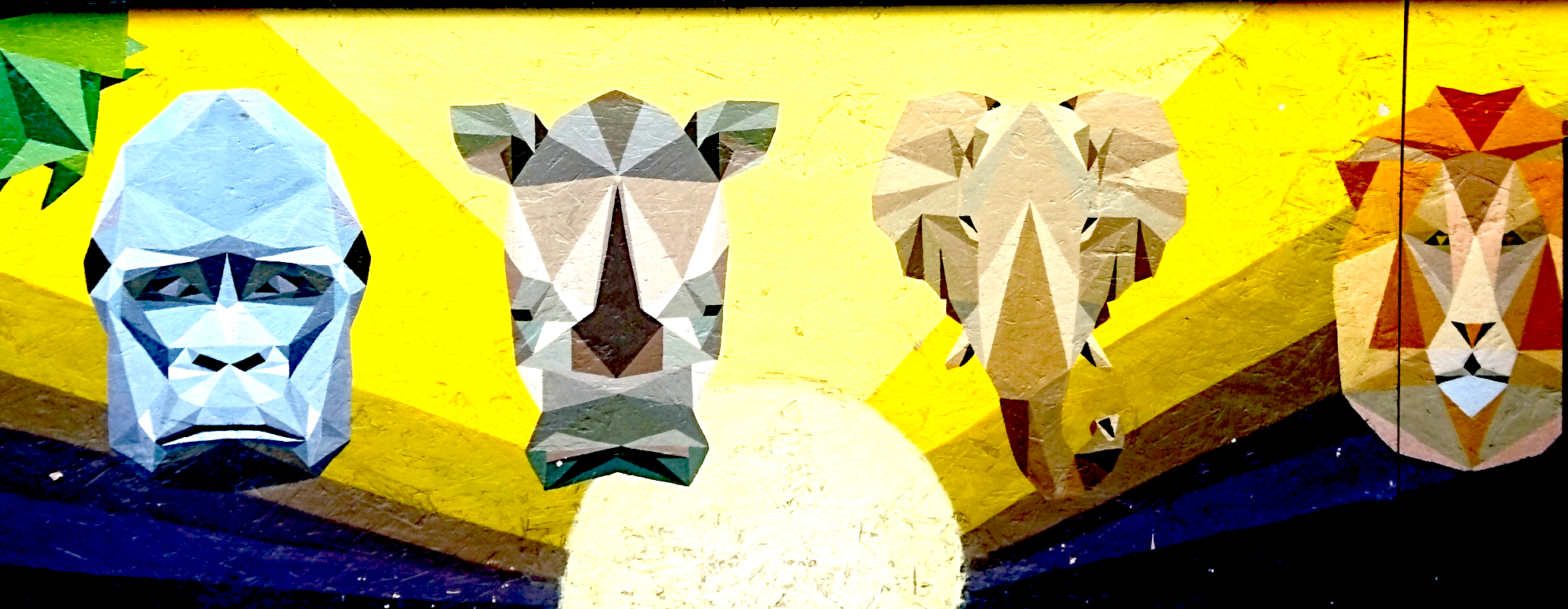User-centred, co-creative, holistic, sequencing, evidencing...
The principles of design have been infiltering lately into every field of worklife, and that is good so.
Design by definition is purpose driven and aims for an effective and attractive result.
If you let those guiding principles lead your thinking while building your business you definitely will end up with a better product.
It”s not that thinking long term has not been in the toolbox of project founders or that nobody has been planning for the next steps before when starting a business. The thing is that how we do can make the difference.
Maybe it is your first project or your first business you are starting to build, but definitely there have been millions of people on the same path before you and if you can use what they have learned on the way will bring you to a better position even as a fresh starter.
That is what methodologies are good for.
They offer a framework that you can fill with your own content. After all, you are the one that knows the most about what you are doing. What strategic design brings in is an approach that shows you the questions you have to answer in order to arrive at a better result than that you would arrive without it.
Design is purpose driven, and you have to define that purpose clearly if you want it to succeed. That is why strategy and design walk hand in hand. Strategy is the starting point of design. And if you apply the principles of design thinking (user-centred, co-creative, sequencing (iterative), evidencing (visual) and holistic) when creating the strategy
you will have all the chance to end up with a product or service that is desirable, viable and feasible.
Innovation always lies at the intersection of this trio.
That is why a strategic design process starts with an analysis that allows us to reframe the challenge based on facts instead of assumptions, which leads to a concept that gets validated by testing. In an ideal project you go through all the stages - discover - define - design - deliver - but the flow is never linear. As you learn on the way you will return to certain key points until you settle with a solution.
However, there is no ideal project - time, budget, resources always force a trade-off. But balance can be found.
A project flow as written in the books
Each step has its importance, but the level of elaboration depends on several factors. However, there are topics you cannot skip without risking the project to fall sooner or later.
Set the foundations
Know yourself
- Know your own motivation
- Explore the background - where are you now
- Set goals: align personal goals with project objectives
Immerse in the holy trinity of WHY-WHAT-HOW
- WHAT: Activity or offering (Mission)
- HOW: Unique method, competitive advantage (Values)
- WHY: Inspiration, driving force, fueled by core values and beliefs (Vision)
Discover
Steps to take
- Explore the context
- Get know the people involved (stakeholders/ actors)
- Empathize them: understand wants, needs, feelings, goals, motivation.
- Gather your insights about Jobs to be done, Pains and Gains in their situation
Tools involved
- User research: interviews, observations, entnography
- Desk research, competitor analysis and landscape
- Empathy map, user personas
- Value proposition canvas
Define
STEPS TO TAKE
- Nail your insights - what have you learned during the discovery?
- Formulate meaningful and actionable problem statements. What is the gap between the desired state and the current one?
- Define what should we design for - frame the challenge
- Create an initial value proposition
TOOLS INVOLVED
- Empathy maps
- Problem statement sentences
- How might we questions
- User journey maps
- Experience maps
- Value Proposition Canvas - Pains, gains, jobs to be done
Design
STEPS TO TAKE
- Finally, it is time to brainstorm! Generate ideas that can answer the challenge you framed
- Explore possibilities
- Elaborate detailed concepts
- Include business design
- Visualize and sketch ideas and concepts
TOOLS INVOLVED
- Sketches
- Whiteboarding
- Paper prototypes
- Digital wireframes
- Business plan
Deliver
STEPS TO TAKE
- Create working prototypes
- Validate your concepts: test, iterate, test, iterate, test…
- Build an MVP
- Test business models
- Decide whether to enter the market or quit in time
TOOLS INVOLVED
- Interactive prototypes
- User test
- Evaluation and feedback
- Business models
Product strategy
What's next if I have a minimum viable product?
Market entry strategy, positioning, branding, business design



